ITIL® 4 Specialist: IT Asset Management (ITAM)
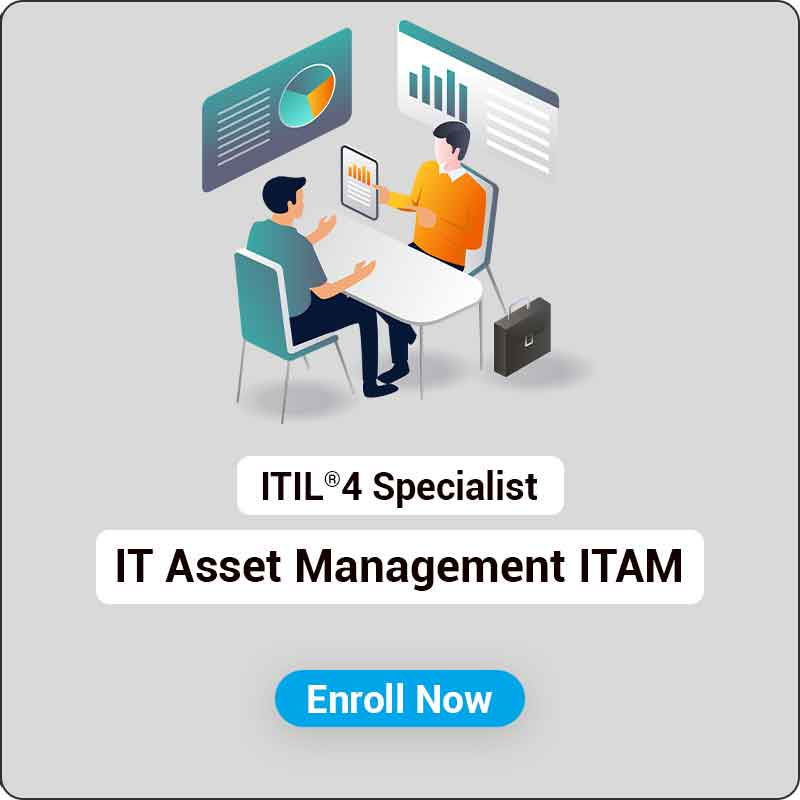
Accredited By

Course Package
Exam Voucher by PeopleCert
Official Training Material from PeopleCert
Official ITIL®4 ITAM E-Book
Highly Experienced & Accredited Instructor
Live Instructor-Led Sessions
Real Life Examples & Case Studies
Lifetime LMS Access
K-Prime Warranty
Target Audience of ITIL® 4 ITAM Certification
The ITIL® 4 Specialist: IT Asset Management (ITAM) module is primarily designed for professionals who are involved in or responsible for IT asset management within an organization. The module is especially pertinent for:
-
IT Asset Managers
-
IT Service Managers
-
IT and Business Relationship Managers
-
IT Governance and Compliance Professionals
-
IT Procurement and Contract Managers
-
IT Finance and Budgeting Professionals
-
IT Auditors and Compliance Officers
-
IT Consultants and Service Providers
Pre-requisites of ITIL® 4 ITAM Certification Training
-ITIL® Foundation Certificate in IT Service Management.
-Training through an Accredited Training Organisation.
-ITIL®4 Managing Professional Transition Certificate.
ITIL® 4 ITAM Exam and Certification Information
-
No. of Questions: 40
-
Exam Duration: 90 minutes
-
Exam Format: Multiple Choice Questions (MCQ)
-
Pass Marks: 26 out of 40 (65%)
-
Exam Type: Closed Book
ITIL® 4 Specialist: IT Asset Management (ITAM) Certification Journey
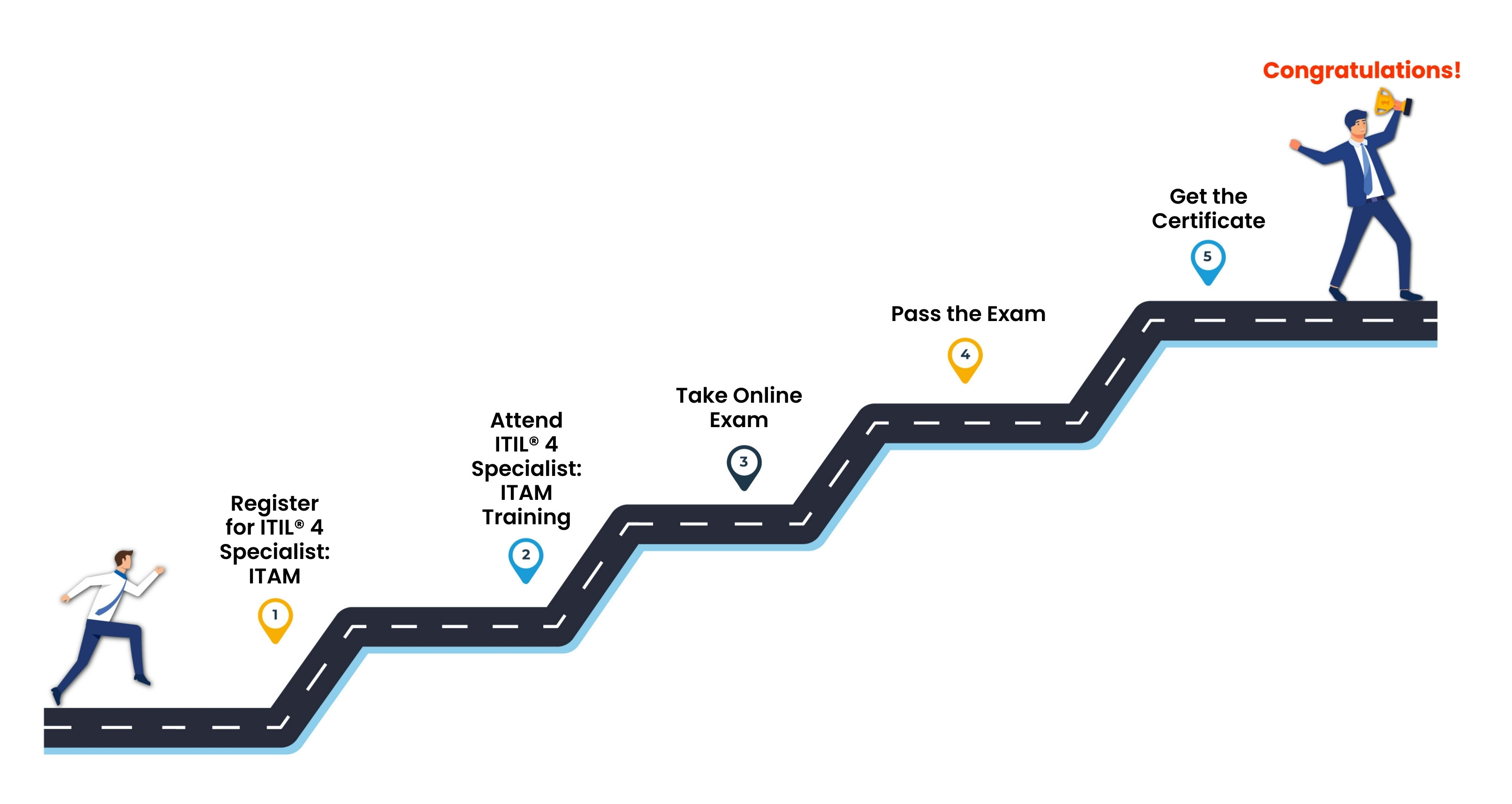
Learning objectives of ITIL® 4 ITAM Course
The ITIL® 4 Specialist: IT Asset Management (ITAM) module's learning objectives are intended to equip professionals with the knowledge and skills required to effectively manage IT assets throughout their lifecycle. The primary learning objectives are:
-
Understand the Importance of IT Asset Management:
-
Recognize the strategic value and benefits of effective IT asset management.
-
Understand the impact of IT asset management on business operations and service delivery.
-
Comprehend the relationship between IT asset management and other IT service management practices.
-
Apply IT Asset Management Principles and Concepts:
-
Understand the fundamental principles and concepts of IT asset management.
-
Apply industry best practices and standards in IT asset management.
-
Comprehend the role of governance, risk management, and compliance in IT asset management.
-
Develop an IT Asset Management Strategy:
-
Develop an IT asset management strategy aligned with business objectives.
-
Define policies, processes, and procedures for effective IT asset management.
-
Establish roles, responsibilities, and governance structures for IT asset management.
-
Plan and Implement IT Asset Management Practices:
-
Identify and assess IT asset management requirements.
-
Plan and execute the implementation of IT asset management practices.
-
Develop processes for the procurement, deployment, utilization, maintenance, and retirement of IT assets.
-
Optimize IT Asset Performance and Value::
-
Evaluate and optimize the performance and value of IT assets.
-
Implement controls and measures to improve asset utilization and cost-effectiveness.
-
Implement controls and measures to improve asset utilization and cost-effectiveness.
-
Manage IT Asset Risks and Compliance:
-
Assess and manage risks associated with IT asset management.
-
Ensure compliance with legal, regulatory, and contractual requirements.
-
Implement controls and processes to mitigate risks and maintain compliance.
-
Integrate IT Asset Management with Service Management:
-
Understand the integration of IT asset management with other IT service management practices.
-
Apply IT asset management principles in service management processes.
-
Leverage IT asset management practices to support service delivery and continuity.
-
Establish IT Asset Governance and Control:
-
Establish governance frameworks for IT asset management.
-
Define and implement controls for effective asset management.
-
Monitor and measure IT asset performance and compliance.
Course Outline
- ITIL® Foundation recap
- Overview of IT asset management principles, concepts, and benefits.
- Understanding the role of IT asset management in supporting business objectives and delivering value.
Frequently Asked Questions.
IT Asset Management (ITAM) is the systematic practice of managing and optimizing IT assets, from acquisition to disposal, to enhance cost efficiency, ensure compliance, and maximize business value.
IT Asset Management (ITAM) is crucial because it: • Maximizes efficiency by optimizing IT resource usage • Reduces unnecessary costs through better asset tracking • Ensures compliance with licensing and regulatory standards • Strengthens security by monitoring authorized assets • Supports data-driven decisions for IT investments

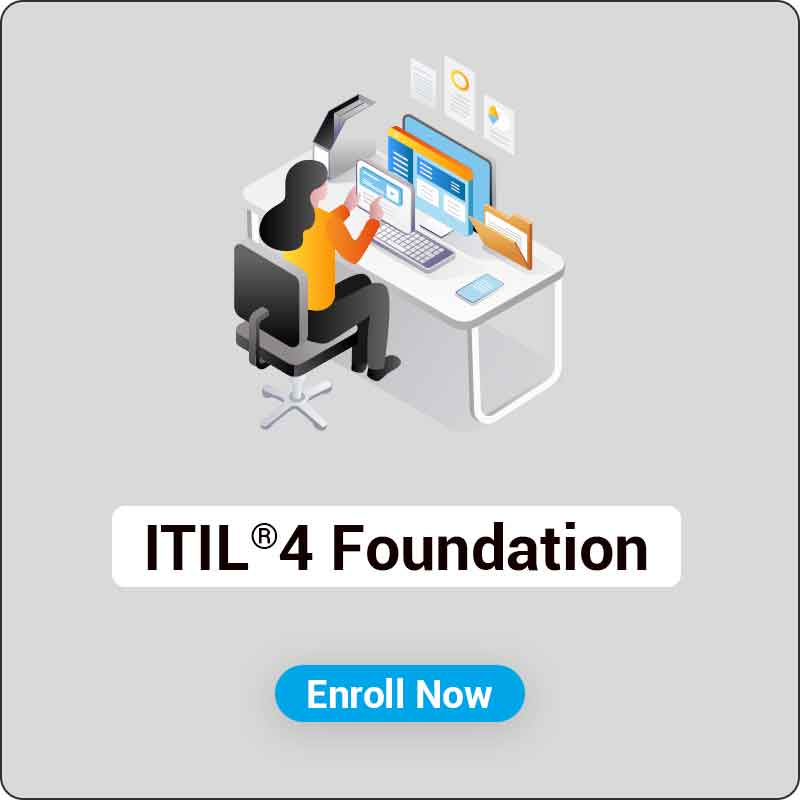
.jpg)

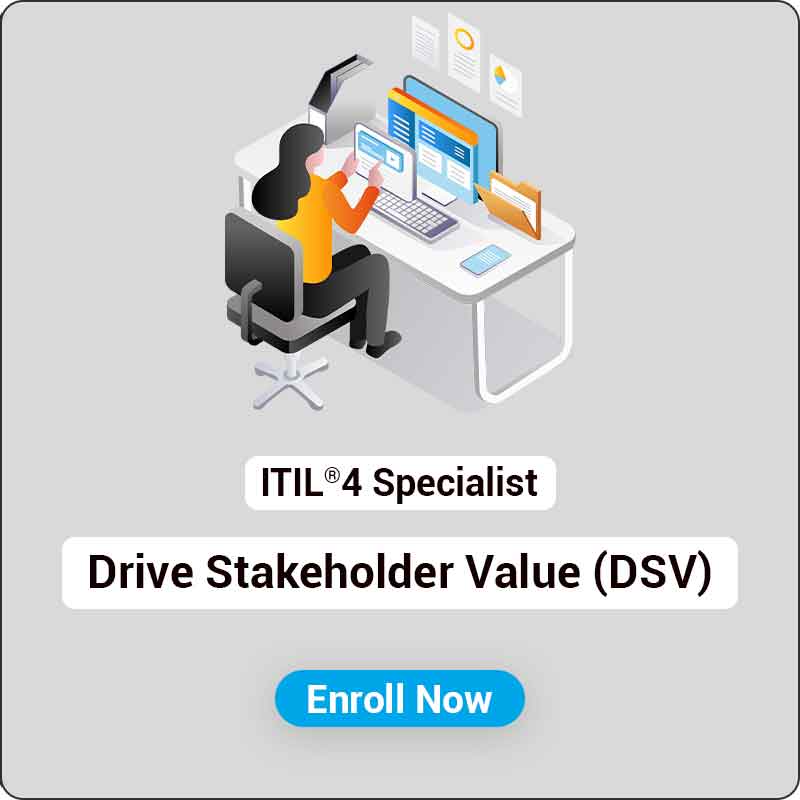


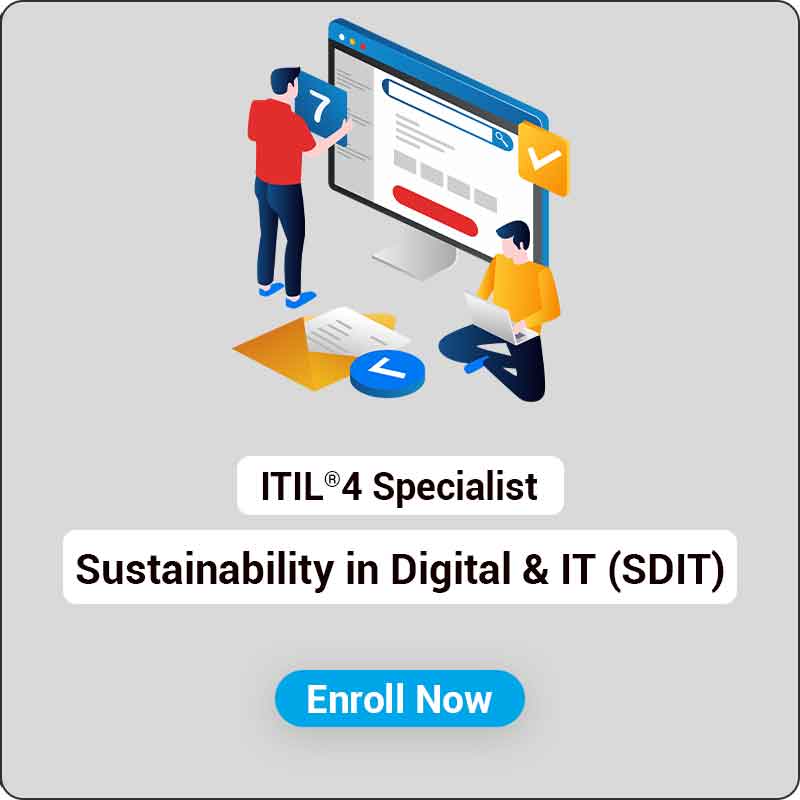
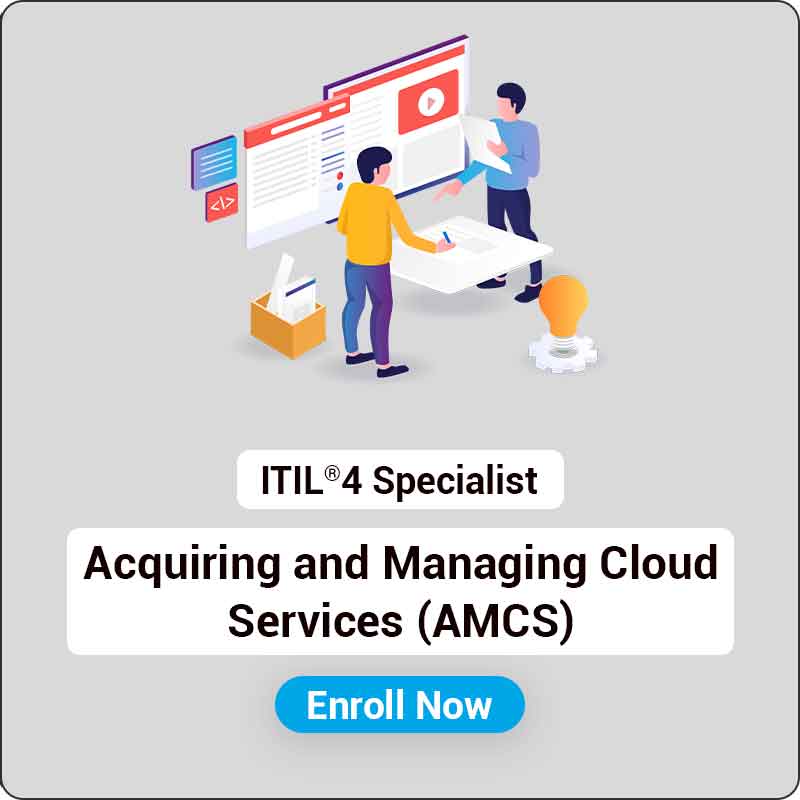

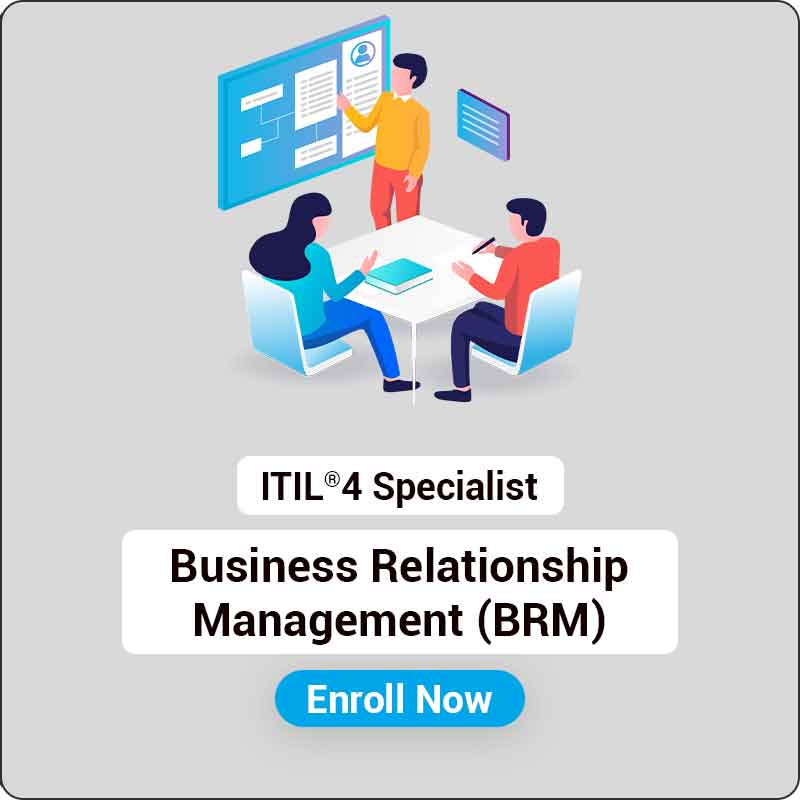
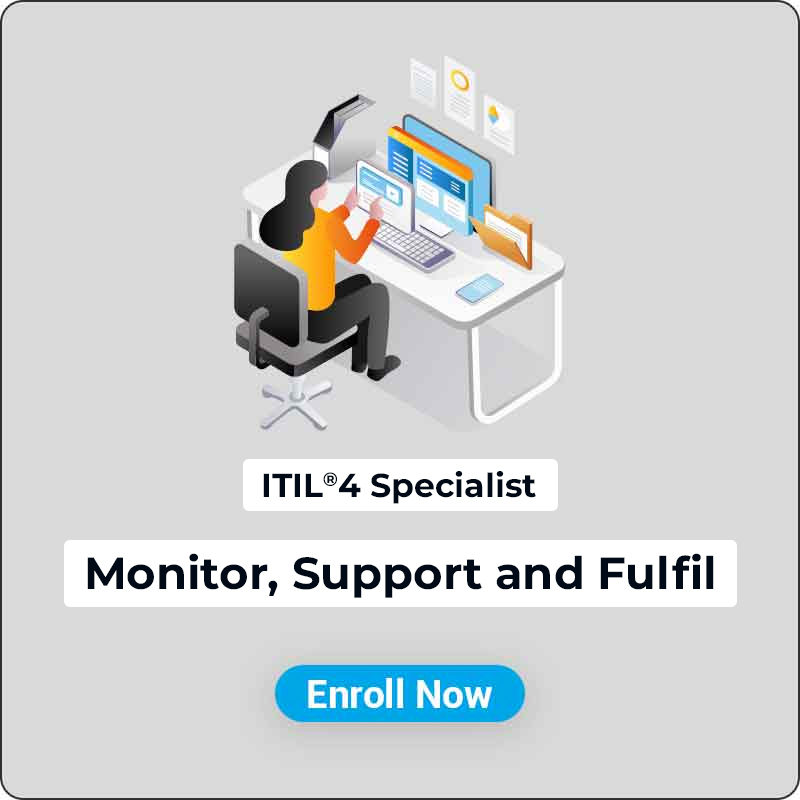
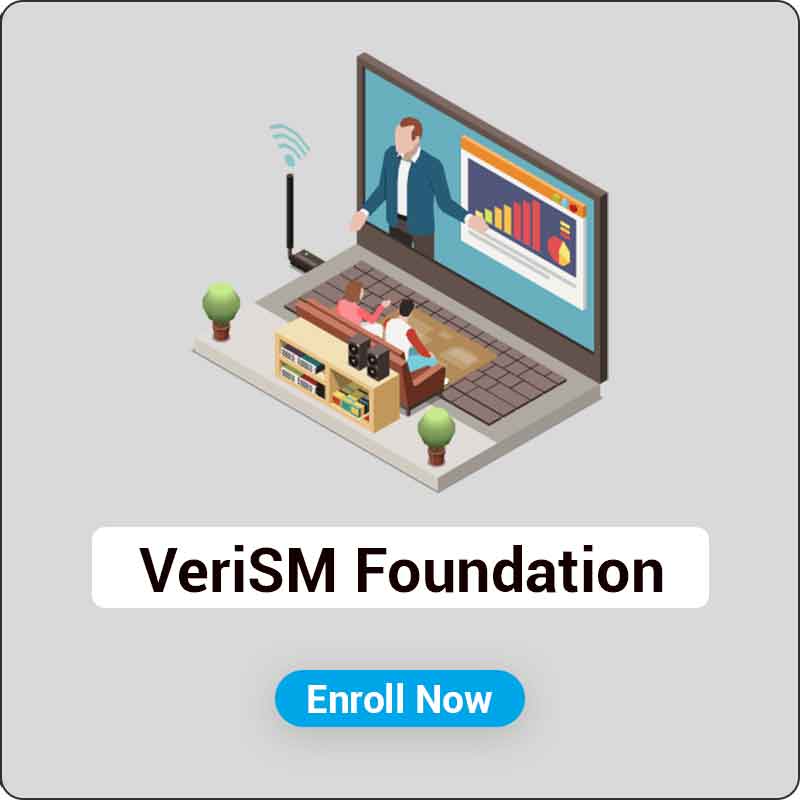
.jpg)
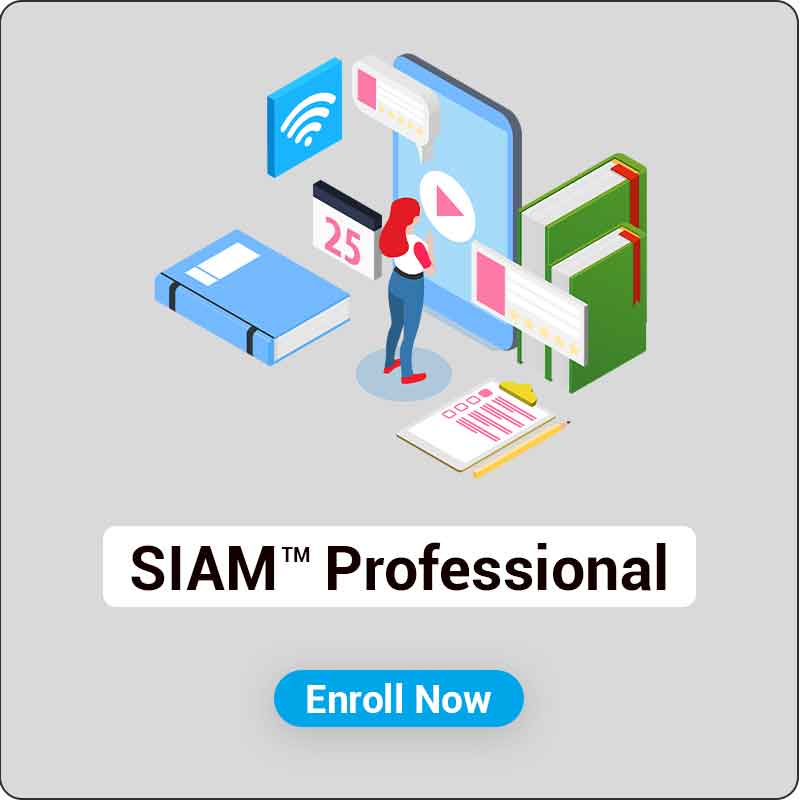
.jpg)
.png)
.png)

.jpg)
